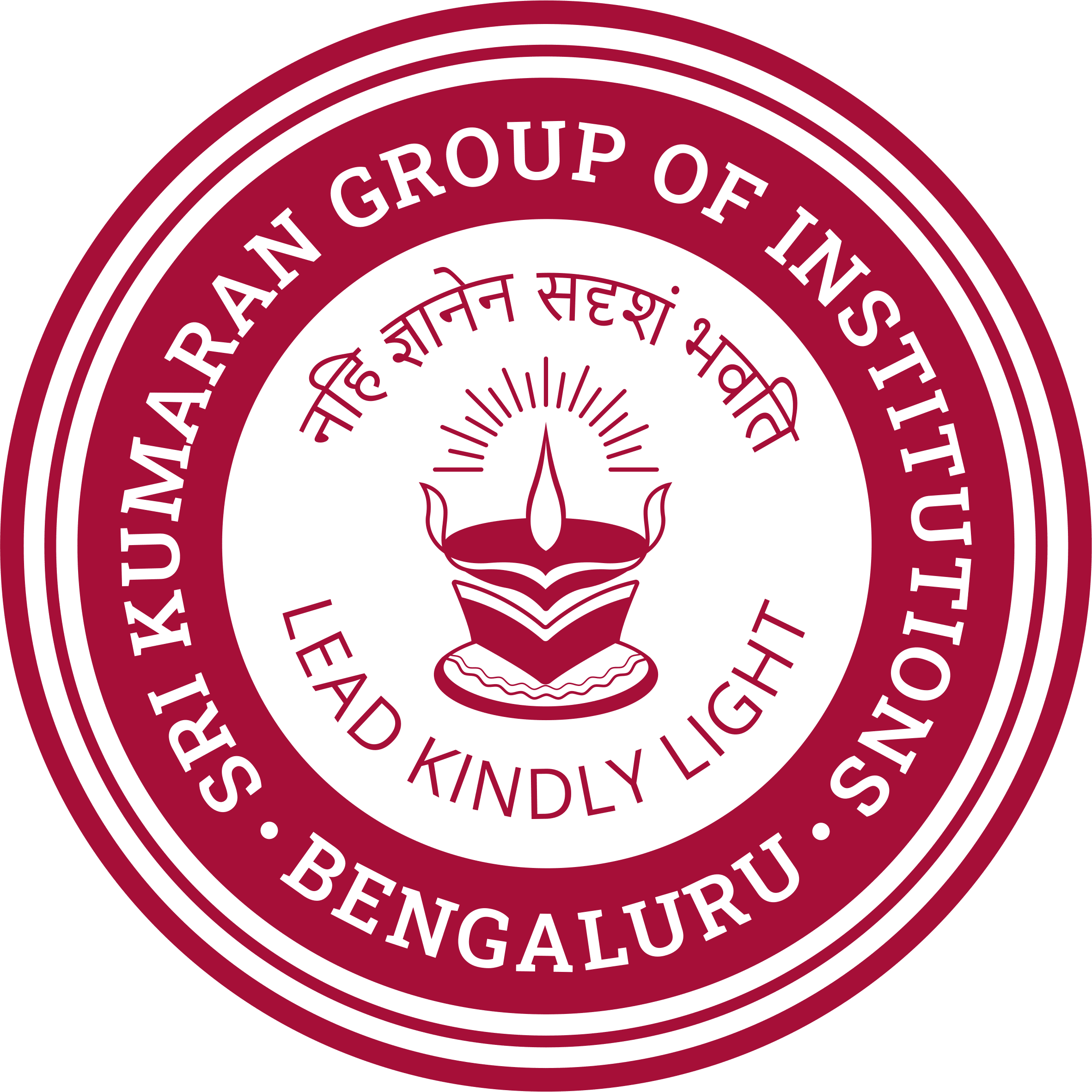

For both I and II Pre-University courses, we follow the curriculum set forth by the Department of Pre-University Education in Karnataka. Science and Commerce are two of the streams offered by the college.
We assess the learning, skills, and abilities of our students through the format prescribed by the Pre-University College Board. This is what it entails:
The college conducts unit tests worth 25 marks, terminal exams for 35-50 marks, mid-term exams for 70-100 marks, and preparatory exams for 70/100 marks. The board conducts annual examinations (theory) in the month of March for II PUC and in the month of February for I PUC.
Students pursuing physics, chemistry, biology, computer science, and electronics have practical examinations as well. The practical examinations are conducted in the college in the month of February for II PUC with an external examiner and in the month of January for I PUC.
Practical Record Assessment
This is done on a weekly basis during practical classes and also during practical examinations. Viva voces are conducted based on the experiments that are carried out by the students.
The assessments allow us to determine each student's understanding of subjects, as well as their ability to recall concepts for exams. We can also indicate areas that need to be improved. Remedial classes are available for those who require more assistance. To ensure better performance in final exams, students who require a lot of improvement are mentored individually.
In the classroom, our teachers use a mix of modern, traditional, and traditional teaching approaches. Students are taught using blackboards, PowerPoint presentations, seminars, and audio-visual aids. Students can also perform role plays or enact plays in language classes. While each department operates autonomously, our main goal is to provide all of our students with a high-quality education. Our teachers attend workshops and trainings on a regular basis to stay up to date on the latest teaching techniques. This helps them construct their own portfolio, and allows them to enhance their teaching methods.
Each head of the department (HOD) is responsible for the department's operations. They are in charge of everything from department meetings to the activity schedule during the academic year. The HOD is responsible for the development of the syllabus, the creation of question papers, the distribution of sections for tests and exams, the evaluation scheme, and remedial sessions.
Sri Kumaran Children's Home Composite Pre-University College exposes its pupils to a variety of scientific, literary, and cultural activities. The scientific activities include lectures, seminars, and mini-projects. For literary and cultural activities, students have debates, creative writing, dance, and music. We feel that the fundamental education for our students should be created by combining academic and non-academic subjects. Our students get to use their classroom learning skills to work and learn teamwork, collaboration, planning, public speaking, and much more through these activities. This helps them prepare for the higher responsibilities they may face as adults.
Satvam, the annual intra-college cultural fest, is a high point for most students. It gives our pupils a place to express themselves creatively. They are in charge of the entire two-day celebration and also take part in the activities. Quizzes, dancing, music, drawing, painting, dumb charades, antakshari, and a performance by the college band are all events that students look forward to. Arranging for and participating in these activities enables students to gather life experiences and polish their skills, and allows them to build memories that they will remember for the rest of their lives.
Pupils get the opportunity to express themselves creatively during Spectrum Week. Each day of the week is assigned a theme by the student council, and students dress in accordance with the theme. They let their imaginations run wild in order to come up with costume ideas. Ethnic, fashion disaster, retro, and Halloween were some of the previous themes. Every year, students anticipate this exciting week when they are able to unwind and take a break from their academic pursuits. This provides them with the opportunity to build memories that will last a lifetime.
Our students have the choice to appear for various external examinations. This helps them to compete with students from across the country, provides them with experience of what competitive exams feel like, and helps them realise how they fare in comparison to students across the country. The National Level Science Talent Search Examination (NSTSC), a scientifically developed and skill-based evaluation, is conducted by the college. Every year, olympiad examinations in science, math, and English are also held.
The Sri Kumaran Group of Institutions publishes Gnanamanthanam, a magazine that is published by selected students every year by the Students Editorial Entity of Kumaran, or SEEK. The college has a separate committee of students that is in charge of the magazine and works with the language department to produce work that is published. Articles, poetry, prose, paintings, and other artwork by students of all ages are featured in the magazine, and all students, including those from the college, can contribute. Each year, roughly 1700 copies of the 250-page magazine are printed, and over 1,600 Kumaran families of students read it. The process of publishing the magazine, as well as its content, successfully captures our students' talents and aspirations.